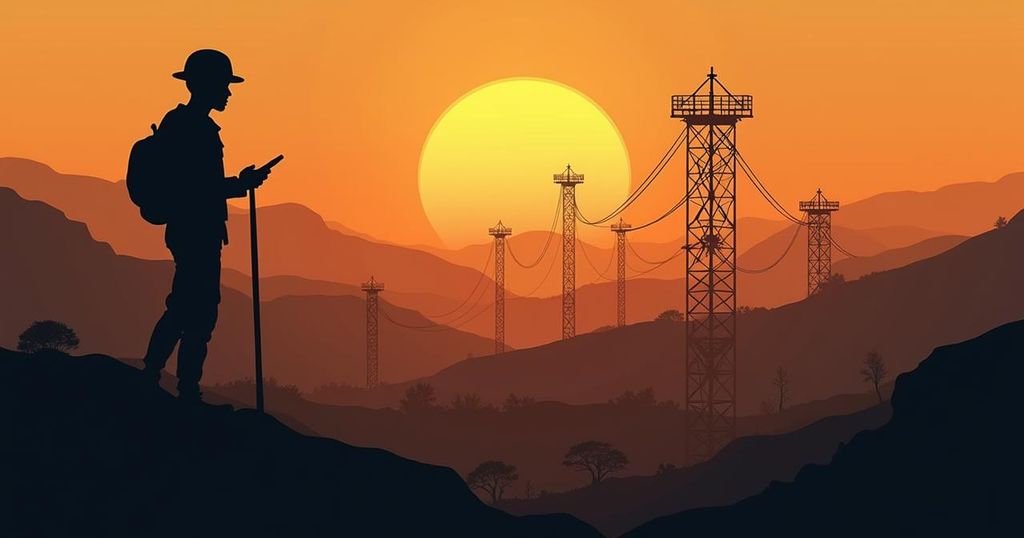Ethiopian Geological Institute Debunks Earthquake Risk Near GERD
The Ethiopian Geological Institute has rejected reports from several media sources, particularly Egypt Independent, alleging an earthquake risk near the Grand Ethiopian Renaissance Dam (GERD). The Institute affirmed there are no geological indicators supporting such claims and emphasized that the dam is located safely away from high-risk seismic areas. Ijara Tesfaye, the Institute’s Director General, remarked that the sensational media narratives are entirely unfounded and that thorough geological assessments during the dam’s construction confirmed its safe location.
The Ethiopian Geological Institute has dismissed reports circulated by various media outlets, including Egypt Independent, suggesting imminent seismic activity near the Grand Ethiopian Renaissance Dam (GERD). According to official statements, these claims lack any geological foundation. The Institute clarified that while Ethiopia, located in a region characterized by rift valleys, has experienced numerous earthquakes historically, none have resulted in significant infrastructural damage. The recent minor earthquake recorded near Fental, approximately 150 kilometers from Addis Ababa, measured 4.9 on the Richter scale. Ijara Tesfaye, the Director General of the Ethiopian Geological Institute, stated that the sensationalized reporting regarding potential earthquakes threatening the GERD is entirely unfounded. He emphasized that comprehensive geological assessments conducted during the construction of the dam determined that it is situated in a geologically stable area, well away from risk-prone zones associated with the rift. The Director General reiterated that existing studies do not indicate any correlation between earthquakes occurring in rift regions and those in areas surrounding the GERD. He expressed concern that such misinformation from media outlets undermines the integrity of the governmental projects aimed at national development.
The Grand Ethiopian Renaissance Dam (GERD) has been a focal point of discussion and tension involving Ethiopia, Egypt, and Sudan. Situated on the Blue Nile River, the dam is part of Ethiopia’s aspirations for economic growth and energy independence. The region’s geological characteristics, particularly the presence of the East African Rift System, have raised concerns over potential seismic activity that could impact the dam’s safety. In light of ongoing disputes related to the dam and its implications for water resources in the region, media reports speculating on earthquake risks pose an additional layer of complexity to the topic. Ethiopia has historically experienced earthquakes, but significant damage has been rare. The Ethiopian Geological Institute plays a crucial role in monitoring seismic activity and providing expertise on geological hazards, ensuring that national development projects are pursued with rigorous safety assessments. Understanding the geological context is vital for both public safety and international relations surrounding the GERD.
In conclusion, the Ethiopian Geological Institute firmly refutes claims made by certain media regarding a potential risk of earthquakes threatening the Grand Ethiopian Renaissance Dam. Comprehensive geological studies conducted prior to the dam’s construction have established its safe positioning away from seismic zones. As the Institute continues to monitor and provide insights into geological risks, it aims to counteract misinformation that may jeopardize public understanding and national development initiatives. Media outlets are encouraged to report responsibly, relying on expert sources to avoid the dissemination of baseless claims.
Original Source: www.ena.et




Post Comment